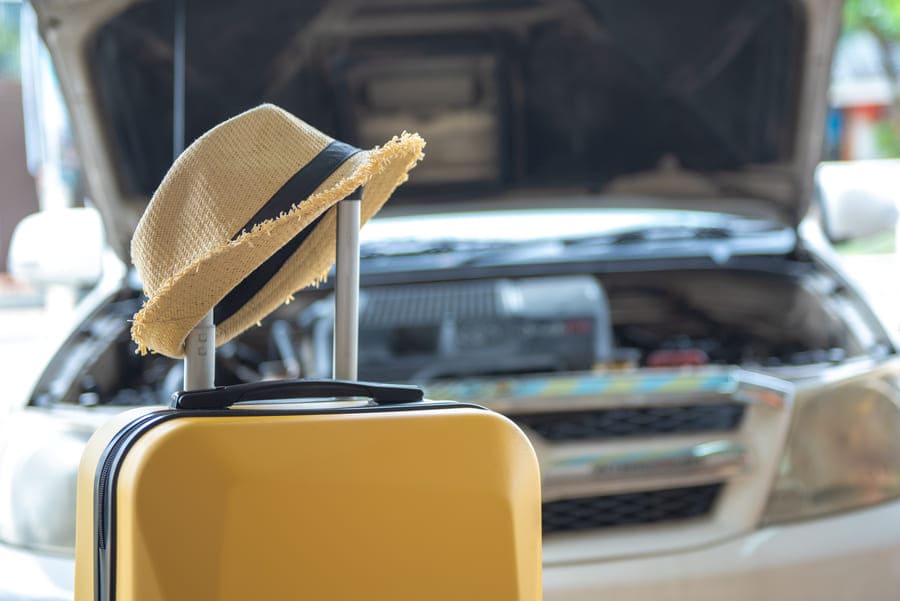
A road trip can be a fascinating adventure and a unique experience. But it can also turn into a real trial. It all depends on how well prepared you are. Read on to find out what to check or replace in your car before hitting the road and what to take with you on your summer driving holidays.
11 steps to take for a safe road trip
- Inspect the wheels. For starters, you need to measure remaining tread depth. The most convenient way to do this is to use a special accessory – a depth gauge. In most countries, the law prohibits using tyres with the remaining tread depth of 1.6 mm. But this value is critical. Specialists say that even when tyre tread grooves are 4 mm deep, the risk of hydroplaning increases significantly. Remember, that tyres can wear unevenly, that is why you need to take measurements in different areas and then calculate the average value if you want to get accurate results.
In addition, you should check the air pressure in the tyres and inflate them if necessary. Take into account that pressure values for a fully loaded car should be 10–15% higher than what is recommended by the car manufacturer. You can find detailed information about tyre pressure values in the vehicle’s operating manual. Remember: perform all the measurements only after the tyres cool down.
You should also have your wheels aligned and balanced. This will improve vehicle handling and reduce fuel consumption.
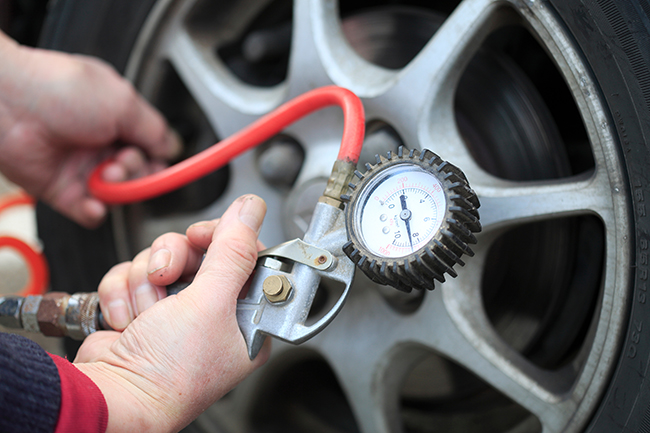
- Inspect technical fluids. Before a trip, you need to check the levels and conditions of cooling, braking and windscreen washer fluids, motor oil and fuel. Top them up or replace them if necessary. The most common signs indicating that the working fluid needs replacement are its darkening or turbidity, colour change, suspended solids in the fluid. Moreover, you can buy special testers which analyze the quality of fluids used in a car.
- Inspect your car’s underbody and engine compartment. It will help to find leaks in your vehicle’s systems and units, for instance, in the hydraulic power steering system, engine cooling and lubricating systems or the gearbox.
- Inspect the braking system. First, you need to examine discs and pads visually, then measure their thickness. The components are to be replaced if their thickness is close to the minimum value specified in the car manual. After this, you need to make sure that the system is leak-proof by pressing the brake pedal a few times while the engine is shut down. If the pedal is spongy, i.e. has no resistance, the brakes are faulty.
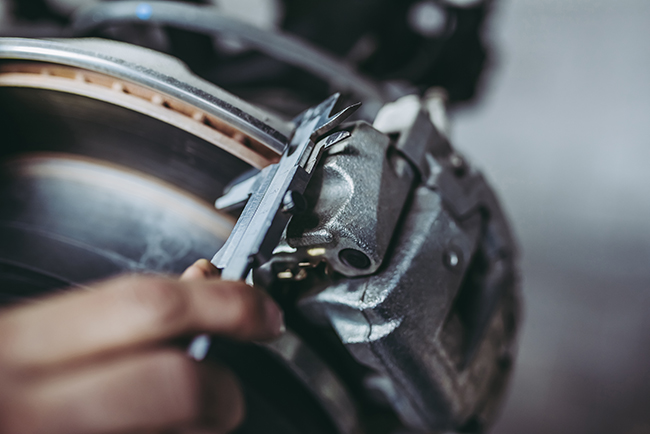
- Check the air conditioner operability. High temperature is detrimental to the driver alertness: response time becomes nearly two times longer. That is why it is very important to have a comfortable microclimate inside the car.
- Replace the air filter. This will help to use engine power with maximum efficiency and reduce fuel consumption.

- Install new windscreen wiper blades. Clean windows are among the components essential for road safety. For this reason, you should make sure that wiper blades adhere to the windscreen surface tightly and do not leave stains and streak marks.
- Clean and adjust the headlights, replace the bulbs. Over time, dust settles on the reflector and reduces light intensity. It is advisable to remove and clean the headlights once in 2-3 years. Moreover, you should check if all the lighting units function properly: dim, flickering or blinking bulbs are to be replaced. Also, you need to adjust the headlights: proper lighting is especially important when driving in an unfamiliar area.
- Tighten bolts and nuts. For instance, if wheel fasteners become loose, the wheel may come off right during driving. No need to explain how dangerous this is.
- Check the timing belt. It should have no cracks, oil stains and abrasions. Moreover, the belt should be sufficiently tight. If this element slips, it will cause irregular engine operation, and its tearing will result in a total engine breakdown.
- Replace the spark plugs. You can’t predict when they will stop working. So if you’ve been using these parts for long, it’s better to replace them before a trip.
6 tips from AUTODOC for a carefree journey
- Make sure that you have all the documents before the trip. In addition to the vehicle manual and driver license, these may include the passports of all travellers if you are going abroad.
- If you plan to visit foreign countries, check the relevant points of the local legislation, including road traffic rules.
- Get a good sleep before driving: your alertness directly affects road safety.
- Before taking some medication, painkillers or travel sickness pills, for instance, study the information leaflet and make sure that they contain no substances which may reduce your alertness.
- Take a sufficient supply of drinking water. It will help to avoid dehydration in case you get stranded on the road.
- Make a list of things you need to take with you in advance. Compulsory items include a first-aid kit, fire extinguisher, breakdown triangle, supplies of technical fluids and fuel. Moreover, you may need a flashlight, car cover, special sunshades, toolbox, phone charger, printed map, warm clothes, plaid blanket, towing cable, tyre inflator with pressure gauge and other things.
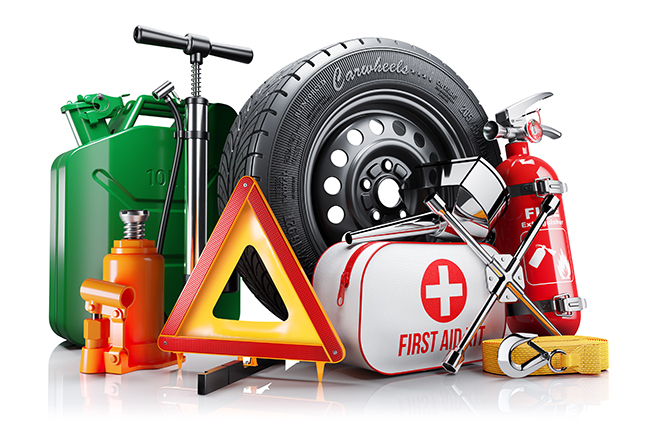
Conclusion
You can never predict the difficulties you may encounter on a long trip. Even small vehicle breakdowns can turn into serious trouble if you are far from home. That is why you need to make preparations for a journey in advance. And it is not that difficult: all you need to do is to check the main car systems, replace consumables and collect a set of things that will come in handy during the trip.


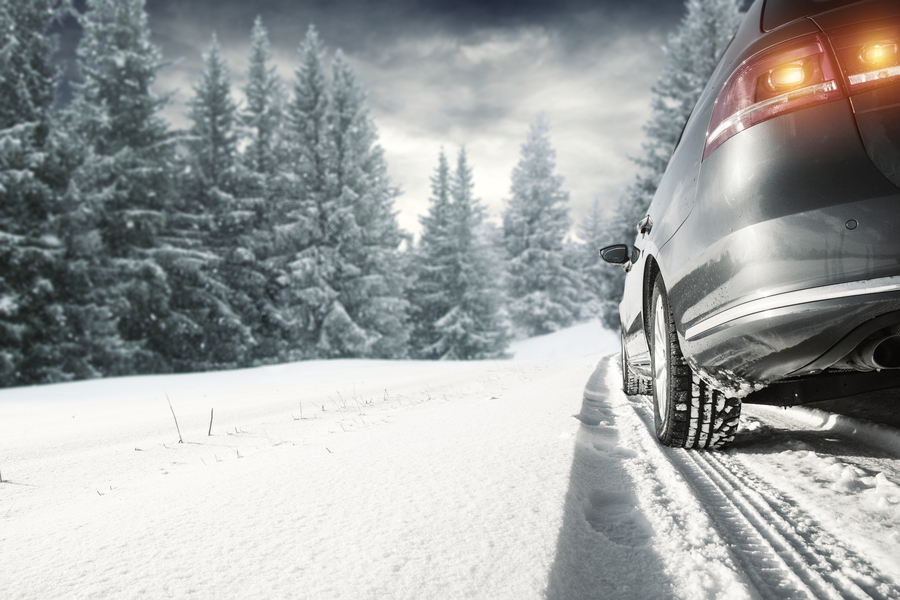

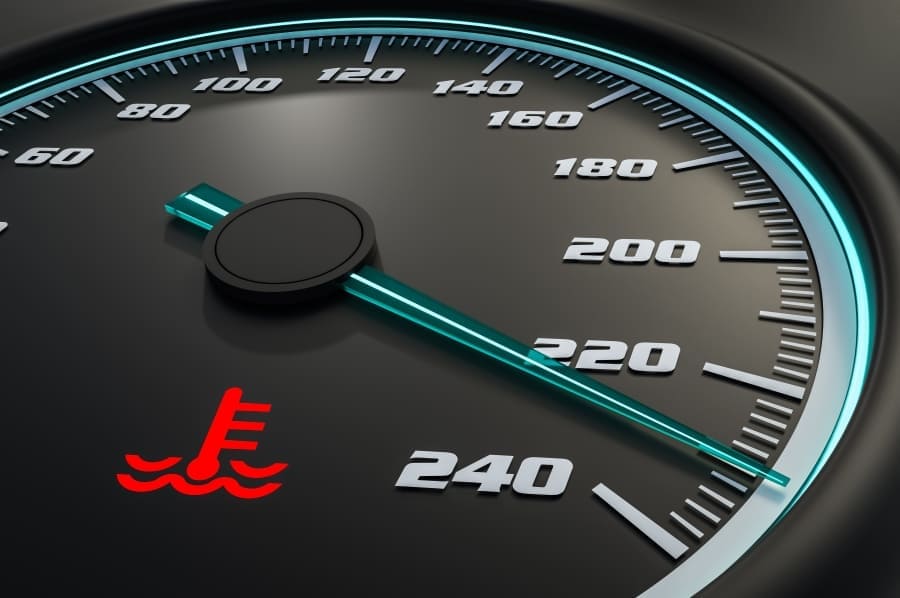

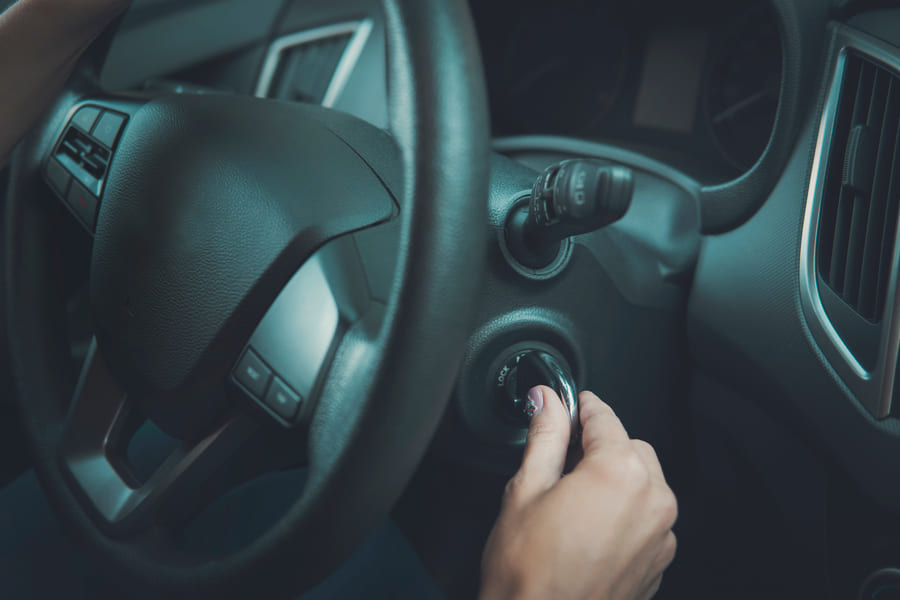
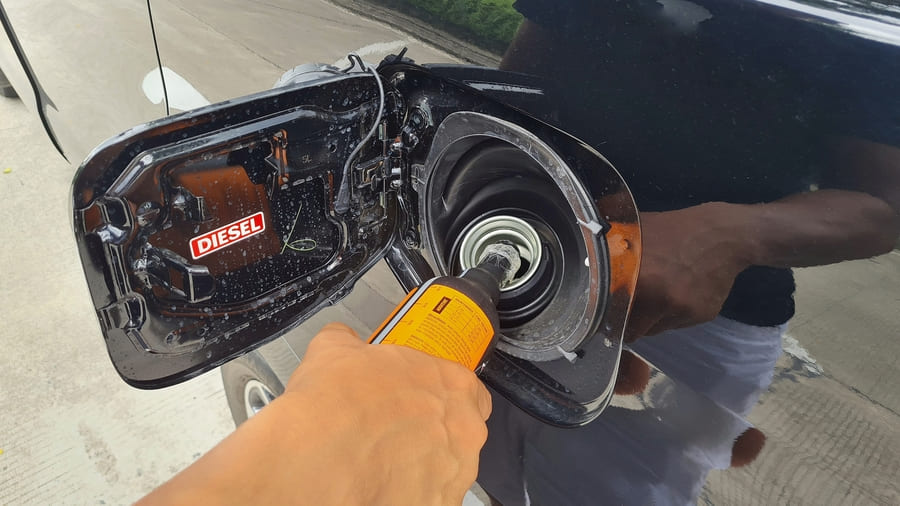
Comment